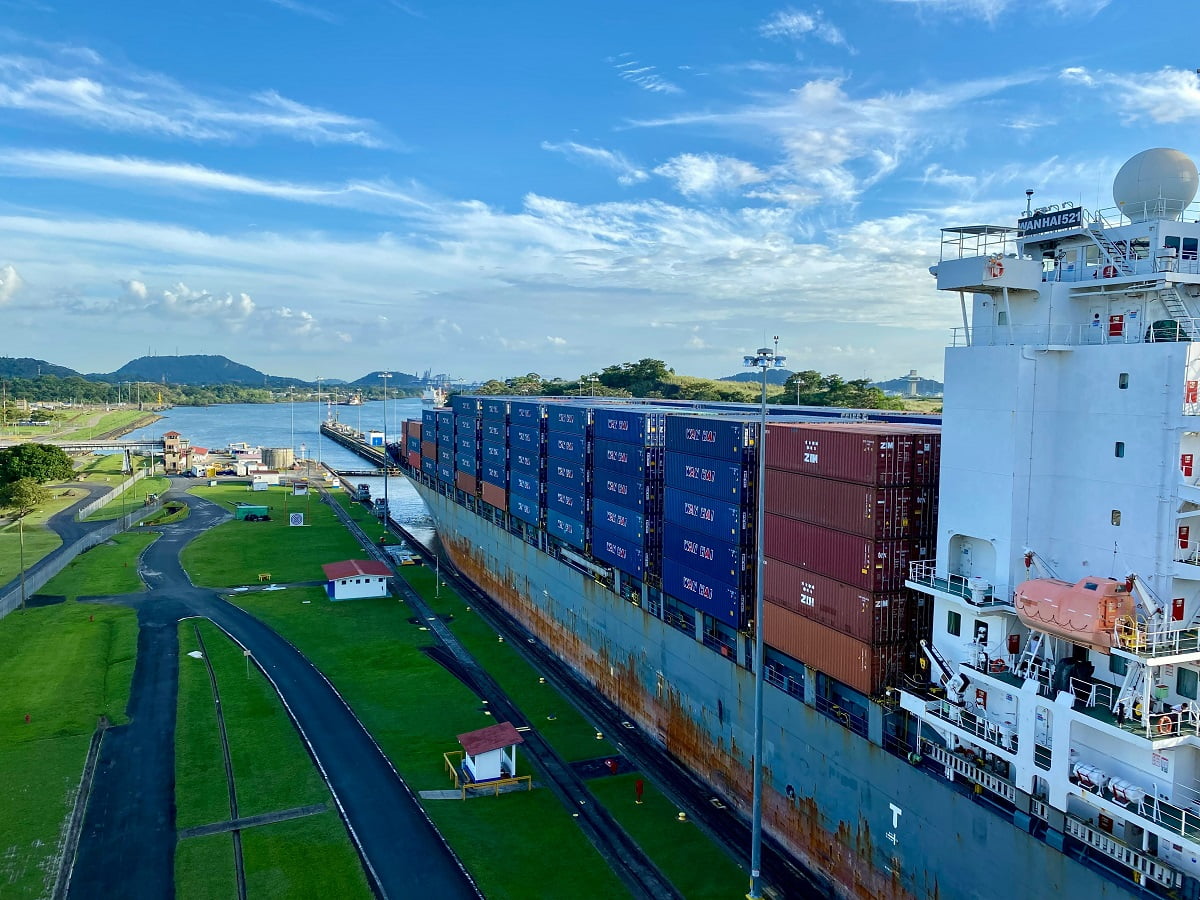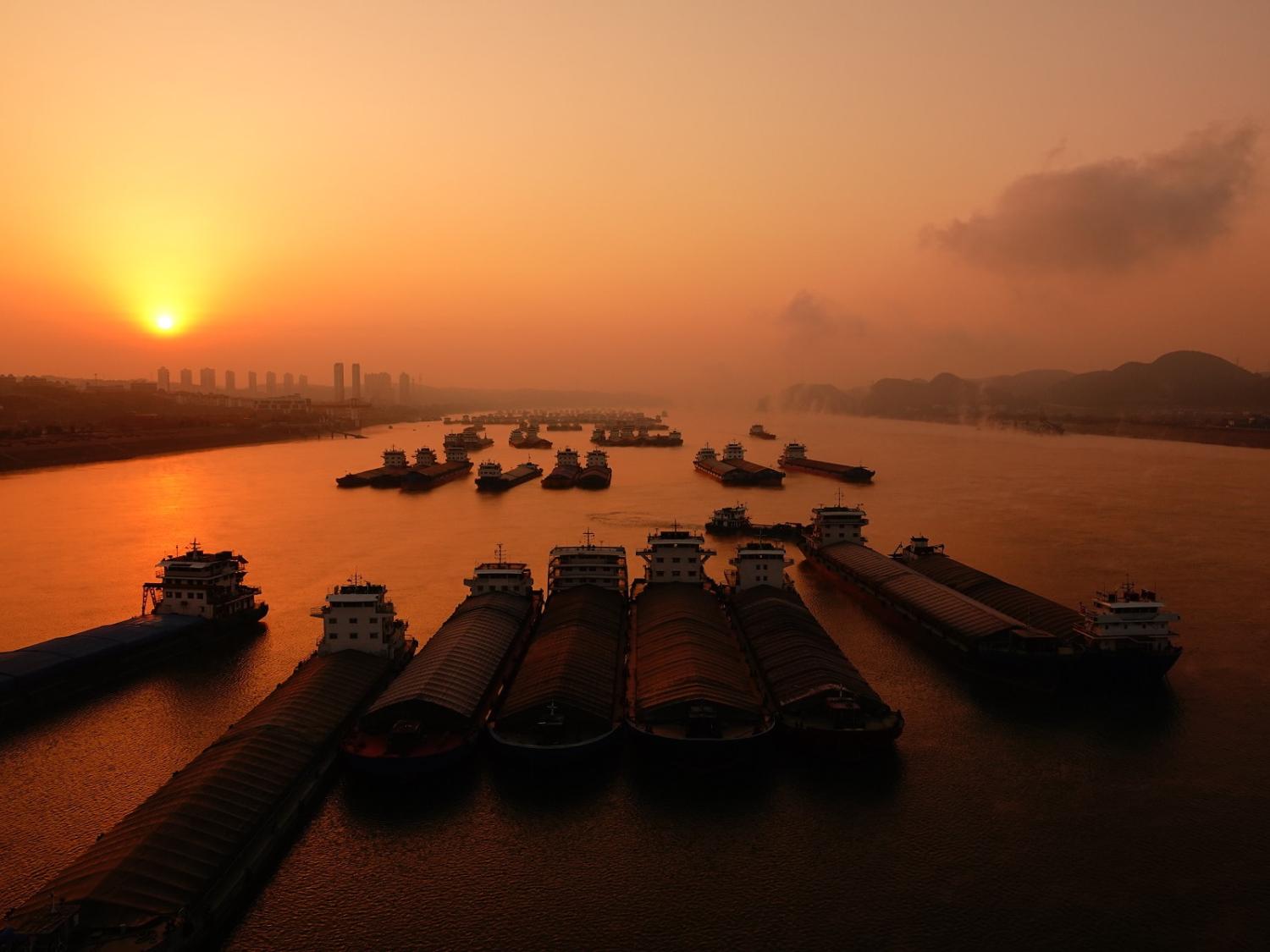How low can the Yangtze go?
Although Asia’s longest river is making a slow recovery from the late-2022 drought that stopped some of the traffic up the “golden waterway” that transports more than three billion tonnes of goods every year, there are mounting concerns about the effects of climate change on the future navigability of the Yangtze.
When water levels at a key monitoring point near Wuhan, one of the giant ports on the 6,300km-long river, fell by six metres to 17.5 metres during the drought, Chinese officials reported it was the lowest level for August since records began in 1865.
As temperatures exceeded 40°C, the river’s drainage area plummeted far below normal and its many tributaries fell “significantly below” historical levels. If the drought hadn’t lifted, officials went on record to say that navigation could be affected. However, they were being economical with the truth – navigation had already been affected, notably in the middle and lower sections.
In reality, the Yangtze had been reduced to half its normal width.
But that’s just the Yangtze, albeit economically the most important of all the world’s great rivers. Other busy waterways, such as the Rhine, Mississippi and Mekong could also be under threat from climate change, according to a wide consensus of meteorologists.
In an observation about potential future disruption to shipping, including on inland waterways, the Atlantic Council warned in February that “climate change is now threatening the shipping lanes that underpin global commerce”, citing probably permanent climatic upheaval.

“The disruption to the way water moves between the Earth and the atmosphere – the patterns of rain, evaporation, condensation, and runoff that affect how much water flows through the world’s waterways – appears to be here to stay,” argues the Atlantic Council’s Sydney Sherry. “Global supply chains depend on these waterways.”
Coming on top of the drought-hit Panama Canal and the Houthi-hit Suez Canal – events that have forced ships around the Cape of Good Hope – any further disruption to inland waterways would amount to nothing less than a Black Swan. The costs of sea transport have already jumped significantly as a result of the first two. According to London Stock Exchange Group shipping research, the transit times from diverting a tanker from Asia to northwest Europe via the Cape have doubled to 32 days and added nearly US$1 million to each voyage. The extra costs for a container ship are less, but still significant.
If this situation continues, shipping supply chains could be broken. But Sherry believes it is already time to act: “With climate change expected to make extreme weather more frequent, a big rethink of how goods move around the globe is necessary.”
Obvious solutions, such as shallower-bottomed vessels and deep dredging, would be too costly and broadly ineffective. Instead, she proposes “a rebuilding of the global shipping map from its hubs to its methods of transport along with new technologies to navigate the world’s rapidly changing waterways.”
Too radical? Security of global shipping routes is clearly of paramount importance, and right now, the great waterways are under threat. The Mississippi, which also experienced drought-induced bottlenecks in 2022, ranks second globally in inland waterways in terms of freight carried, with 600 million tonnes a year, while the third-ranked Rhine carries 300 million tonnes.
A long-term shrinking of the Yangtze would be catastrophic. It ferries a wide range of manufactured goods to and from some 100 countries, including Australia. According to trade consultant Container xChange, in November 2023 alone, China exported US$6.4 billion in goods to Australia and imported $12.8 billion.
Other sources express similar concerns to those of the Atlantic Council’s Sherry about long-term disruption to the historic artery of waterways. “Pressure on global shipping routes is creating stress in global supply chains again, soon after the acute disruption experienced in the pandemic,” insurer Swiss Re noted in a February 2024 report entitled Navigating shipping disruptions: signs of rougher seas ahead.
The author, economist Arnaud Vanolli, warned: “More frequent droughts are likely to jeopardise transit volumes in the Panama Canal, and climate change is already affecting river shipping, as seen in the Rhine and Mississippi. We view these as headwinds to the long-term resilience of global shipping trade.”
But of course, the great rivers aren’t just about trade. Some 60 million people live along the Mekong and have seen increasingly severe droughts over the last two decades that have caused historic low flows, notably between 2019 and 2021, and even a reverse flow that shrunk Cambodia’s most important lake, the Tonlé Sap.
As the multinational Mekong River Commission pointed out in late 2023, “unlike flood, drought only brings socio-economic hardship to riparian countries, especially riverine communities”. It cites crop damage, including the staple rice, water shortages, declining fish catches, and rising levels of salt water. A Mekong Fund has been set up to soften the blow of severe droughts, but the money won’t start flowing until 2025 and it may prove a drop in the bucket.
Unfortunately, nobody is predicting less frequent droughts.

